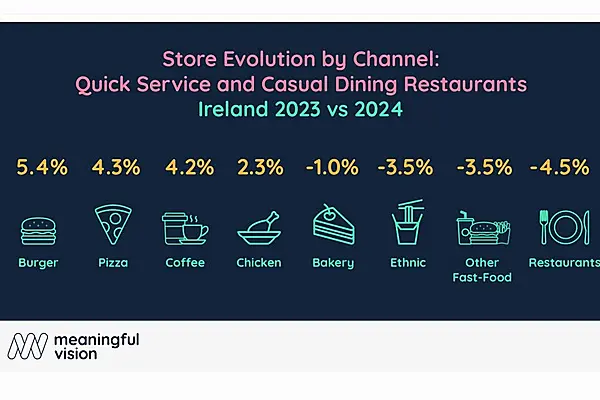Air France SA-KLM sold a debut sustainability-linked bond worth €1 billion on Monday 9 January, giving the European credit market its first major high-yield deal.
Details
The French airline launched the sale of a three-year €500 million bond and a five-year €500 million bond after holding investor meetings last week. It set the coupon for the three-year at 7.25% and the five-year at 8.125%, yielding 7.375% and 8.25%.
Orders for the three-year bond exceeded €1.4 billion and totalled around €1.3 billion for the five-year paper, according to a memo seen by Reuters.
The bonds are unrated, but are classified as high yield given their coupon. In comparison, the ICE BofA HY index was quoted at close on Friday at a price of 310 basis points (bps) for a yield of 7.1%, according to Refinitiv data. .MERHE00
A sustainability-linked bond is a type of instrument whose financial features are based on whether the company selling the bond meets sustainability metrics within a certain timeframe. If the firm fails to meet them, the interest that it pays on the bond increases.
The Air France-KLM debut bonds form part of the firm’s Sustainability-Linked Bond (SLB) framework, the first one from the aviation sector. Under it, the group commits to reduce emission intensity by 10% by 2025 and by 30% by 2030.
The bonds will be partially used to repay the French State guaranteed senior bank loan that was granted to the group in May 2020 to help it navigate the COVID-19 pandemic.
In a note published on Monday 9 January, Anthropocene Fixed Income Institute said “the Air France-KLM SLB issuance is a positive step in towards supporting its climate transition, delivering greater transparency and a commitment to reducing emissions, while providing financial benefits for investors.”
Last week, a number of European investment grade companies sold debt, trying to make the most of supportive macroeconomic conditions, after a round of data pointed to an easing in inflationary pressure in the euro zone.
Investors were expecting a well-known, bellwether credit name to try its luck with a riskier high-yield debt sale.
“There is a high degree of focus on each primary HY issuance at the moment, so a successful offering can help build momentum and kick start the market,” said Jake Keaveny, a partner in Cahill's Capital Markets & Lending group. Keaveny added there has also been price tightening in the secondary market, which could generate a more stable flow of high yield issuances and grow the primary pipeline.
More high yield bonds could come in the weeks ahead, before the earnings season gets underway.
A steep rise in interest rates in 2022, compounded by market volatility, resulted in little supply of new European high yield corporate bonds last year.
Total new bond sales stood at around 20.8 billion euros in 2022, a far cry from €106.3 billion sold in 2021, according to Refinitiv data.
ING credit strategists said in a note on Friday that they “expect issuance volumes to pick up in 2023 after a particularly anaemic prior year.”
They expect the rebound will be relatively gradual and total some 30 billion euros for the full year, well below the recent yearly averages. But, they said they “choose to view the glass for 2023 as half full for the European high yield market rather than half empty after a difficult previous year.”
Additional Information
The iTraxx Europe Crossover index ITEXO5Y=R, which measures the cost of insuring exposure against a basket of sub-investment grade bonds, was indicated at 415 bps at close on Monday, nearly 60 bps below where it ended 2022, reflecting improved market conditions, S&P Global Market Intelligence data showed.
News by Reuters, edited by Hospitality Ireland. Click subscribe to sign up for the Hospitality Ireland print edition.









